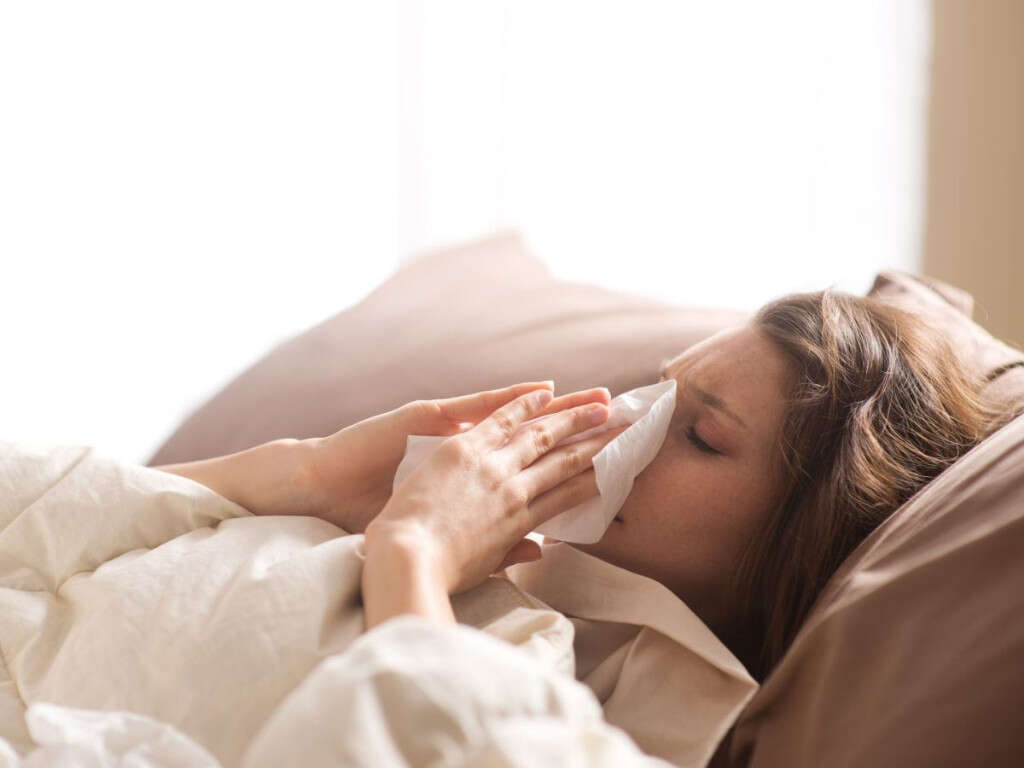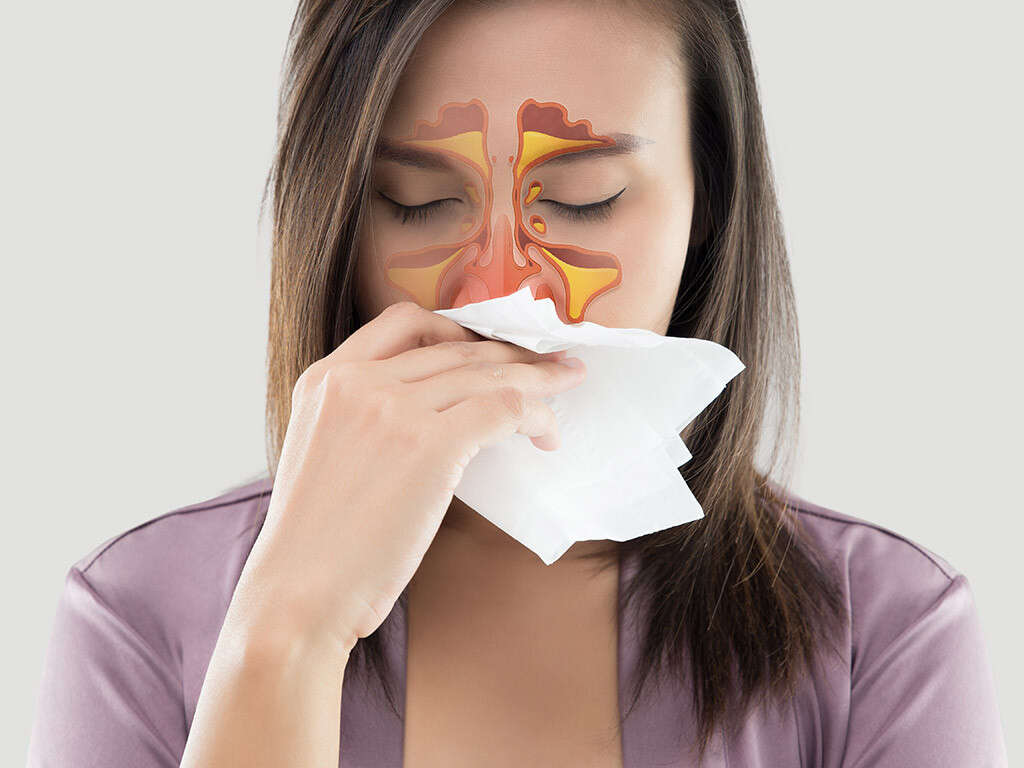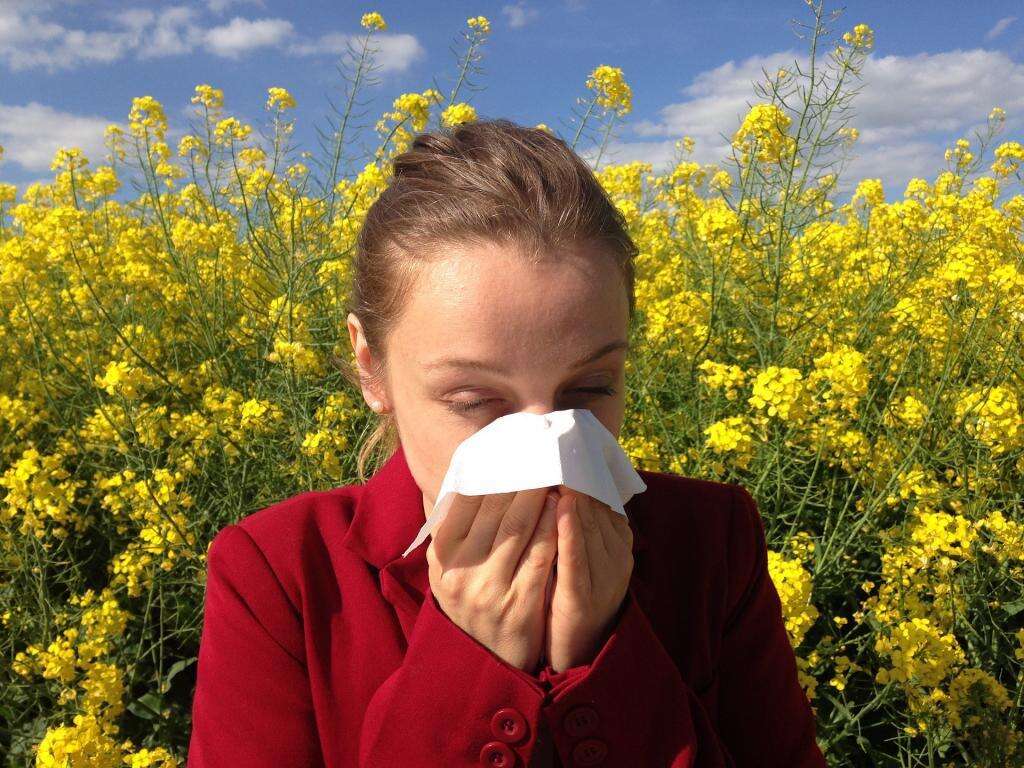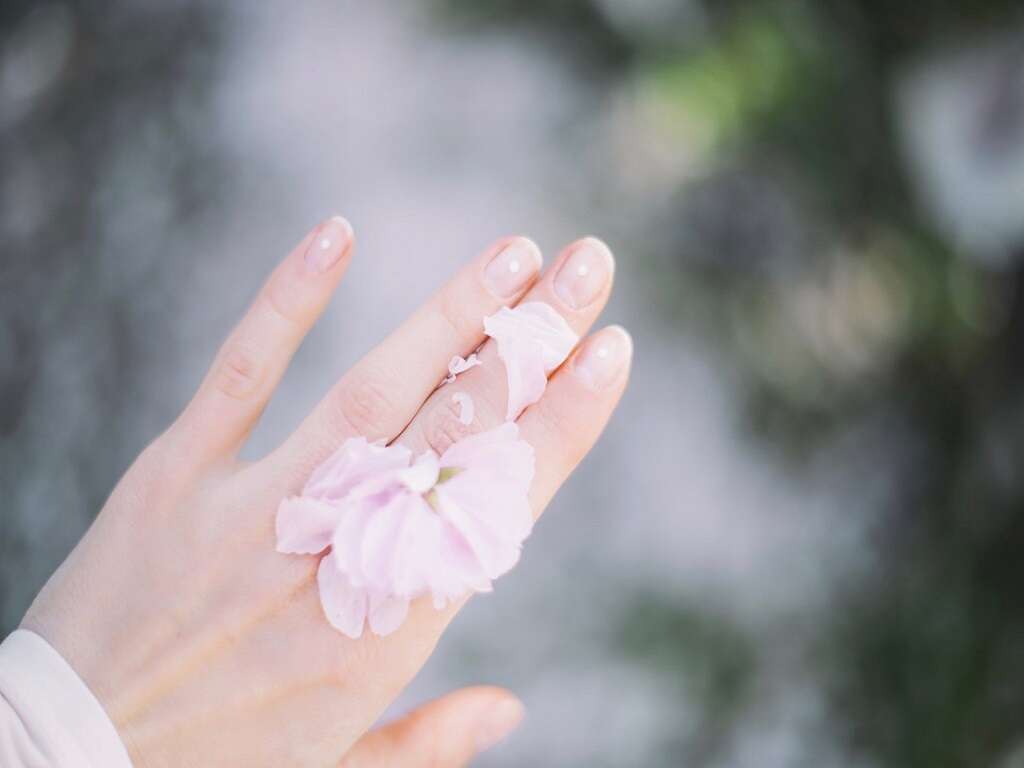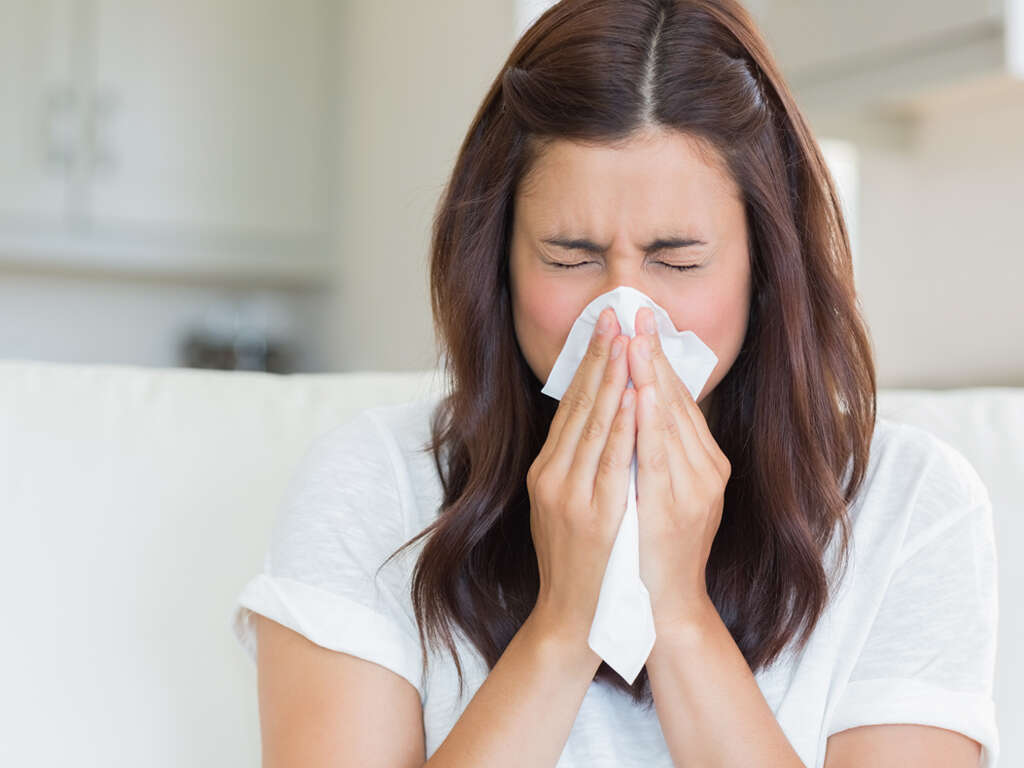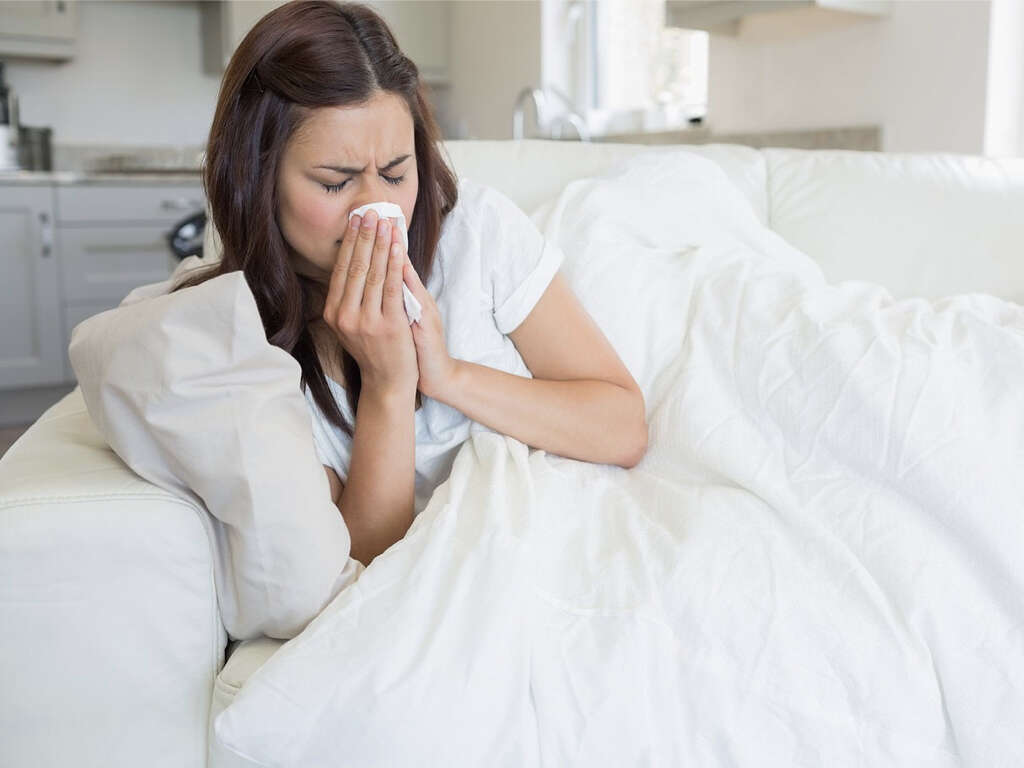10 Home Remedies for Allergies
 Article Sources
Article Sources
- 1. 'AAFA.' Asthma and Allergy Foundation of America, www.aafa.org/allergy-facts/#:~:text=
- 2. 'AAFA.' Asthma and Allergy Foundation of America, www.aafa.org/control-indoor-allergens/
- 3. 'What Is a HEPA Filter?' EPA, Environmental Protection Agency, 3 Mar. 2021, www.epa.gov/indoor-air-quality-iaq/what-hepa-filter-1
- 4. 'Is Rinsing Your Sinuses With Neti Pots Safe?' U.S. Food and Drug Administration, FDA, www.fda.gov/consumers/consumer-updates/rinsing-your-sinuses-neti-pots-safe
- 5. 'Butterbur.' National Center for Complementary and Integrative Health, U.S. Department of Health and Human Services, www.nccih.nih.gov/health/butterbur
- 6. YS; Kim KB; Kwak. 'Dehydration Affects Exercise-Induced Asthma and Anaphylaxis.' Journal of Exercise Rehabilitation, U.S. National Library of Medicine, pubmed.ncbi.nlm.nih.gov/31723551/
- 7. Mirzakhani, H, et al. 'Vitamin D and the Development of Allergic Disease: How Important Is It?' Clinical and Experimental Allergy: Journal of the British Society for Allergy and Clinical Immunology, U.S. National Library of Medicine, Jan. 2015, www.ncbi.nlm.nih.gov/pmc/articles/PMC4369152/#
- 8. Mlcek, Jiri, et al. Quercetin and Its Anti-Allergic Immune Response.' Molecules (Basel, Switzerland), MDPI, 12 May 2016, www.ncbi.nlm.nih.gov/pmc/articles/PMC6273625/
- 9. Miyata, Jun, and Makoto Arita. 'Role of Omega-3 Fatty Acids and Their Metabolites in Asthma and Allergic Diseases.' Allergology International, Elsevier, 27 Oct. 2014, www.sciencedirect.com/science/article/pii/S1323893014000100
- 10. Bakhshaee, Mehdi, et al. 'Efficacy of Supportive Therapy of Allergic Rhinitis by Stinging Nettle (Urtica Dioica) Root Extract: a Randomized, Double-Blind, Placebo- Controlled, Clinical Trial.' Iranian Journal of Pharmaceutical Research : IJPR, Shaheed Beheshti University of Medical Sciences, 2017, www.ncbi.nlm.nih.gov/pmc/articles/PMC5963652/
Butterbur
Butterbur is a shrub that grows naturally throughout Europe and parts of Asia and North America used in herbal medicinal practices. During the 17th century, people used butterbur for coughs, breathing issues and skin wounds.
Modern studies show butterbur root and leaf extracts might reduce hay fever symptoms. However, some reports indicate certain butterbur products aren't safe if they contain the chemicals called pyrrolizidine alkaloids (PAs). National Institutes of Health recommends that only certified as PA- free butterbur products should be considered for use.5‘Butterbur.’ National Center for Complementary and Integrative Health, U.S. Department of Health and Human Services, www.nccih.nih.gov/health/butterbur
Advertisement



